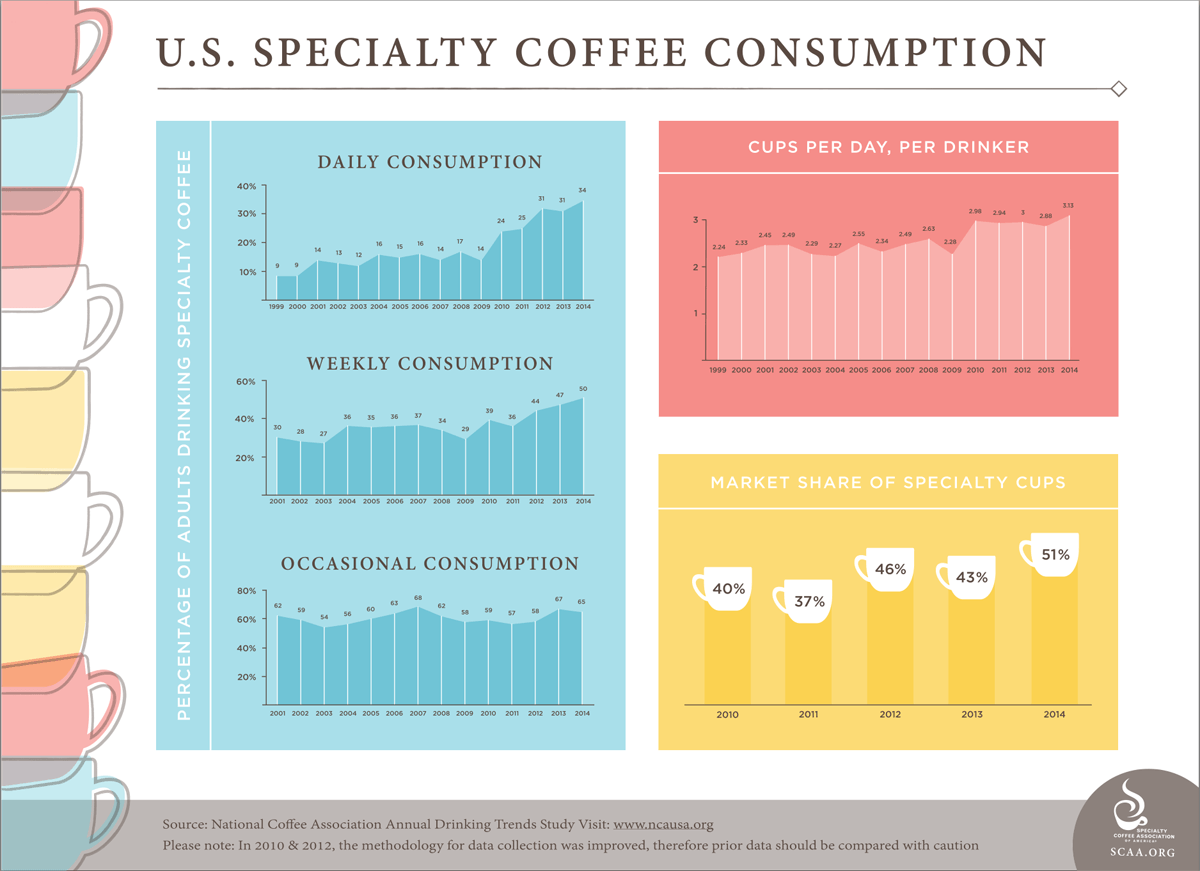How To Control Extraction: The Key To Brewing The World's Best Coffee

- Taste and identify common extraction errors
- Fix those errors to brew better coffee
- Apply these principles to any coffee maker, grinder, or beans
What most people don’t understand, you’re about to have control over. And it’s going to mean a big improvement for your daily coffee experience.
So What Is Coffee Extraction?
Essentially, extraction happens when water dissolves and pulls stuff out of the coffee grounds. The first things to be extracted are the bright acids and bitter caffeine; then the oils, sugars, and dissolved solids; and finally the darker-flavored compounds. The trick is to extract just the right amount of ‘stuff’ so that you land on the sweet spot of flavor harmony. A balanced extraction has a crisp acidity, lots of flavors and aromas from oils and dissolved solids, a hint of sweetness from the sugars, and some darker notes to balance out the bright acids. Extract too little or too much and the harmony of flavors will give way to an unbalanced mess. We’ll get to that later. First, let’s talk about the main things that impact extraction.
Things That Affect Coffee Extraction
People who brew fantastic coffee understand that it’s all about balancing the variables. Each aspect of brewing has to work alongside the others to ensure that the extraction is well-rounded and not too one-sided. Here are the most important factors that we manipulate to find that sweet spot: Grind Size - The smaller your coffee grounds, the faster the water will extract things from them. That’s why we grind coffee beans to a smaller size in the first place; otherwise they would take forever to produce drinkable coffee. Brewing Time - Naturally, the longer you brew the coffee, the more the water will extract from the grounds. For regular black coffee, two to four minutes is typical. For espresso, since the grounds are so tiny, only 20-30 seconds is needed. Water Temperature - The hotter your water, the more violent the physical changes are during extraction, and the faster extraction occurs. Most people agree that the ideal water temperature range is 195 to 205 degrees Fahrenheit. Brewing Ratio - The general rule is to use 1g of coffee for every 15-18g of water (or 15-18 milliliters—it’s a direct conversion when it comes to water). Use less water and the brew will end up too concentrated; use more water and it’ll taste watered down. Practically, these are the main variables you need to worry about. However, you can easily streamline two of these. Just use a water kettle to heat water to a consistent temperature and a kitchen scale to weigh out your coffee and water to ensure you’re using one of the “golden ratios” (1:15-1:18). That leaves you with only two variables you need to worry about for the most part: grind size and brewing time.
How To Taste Unbalanced Extraction
When these variables aren’t aligned quite right, the resulting coffee seems “off”. Sometimes it’s too acidic, sometimes it’s weak and lifeless, and sometimes it has a harsh bitterness. Let’s now look at the two main ways we think about uneven extraction.
Over Extraction
When your water extracts too much from the grounds, the resulting coffee is either bitter or dull. The darker notes can overpower all the tasty notes, creating a lifeless or unpleasantly bitter brew.
Under Extraction
When your water extracts too little from the grounds, the resulting coffee is weak and overly acidic. Since the oils, dissolved solids, and other things aren’t extracted, the acids have nothing to balance them out, making the coffee sour.
How To Fix Unbalanced Extraction
Once you’ve identified whether your unbalanced coffee is over or under extracted, you can figure out what you need to do next time to fix the problem. We suggest adjusting one variable at a time to avoid accidentally over-correcting.
Over Extraction
Since you either brewed the coffee for too long or used too fine of a grind size, you need to pull back on one of those variables. Try a coarser grind setting or reducing the brew time by thirty seconds or so. If you’re using a french press or another immersion brewer, the simplest option is to reduce the brew time. If that doesn’t work, then adjust the grind to a coarser setting. If you’re using a pour over brewer, you can either coarsen the grind a little bit (which also reduces the total brew time because there’s less flow resistance), or you can literally pour in your water faster to speed up the draining time.





